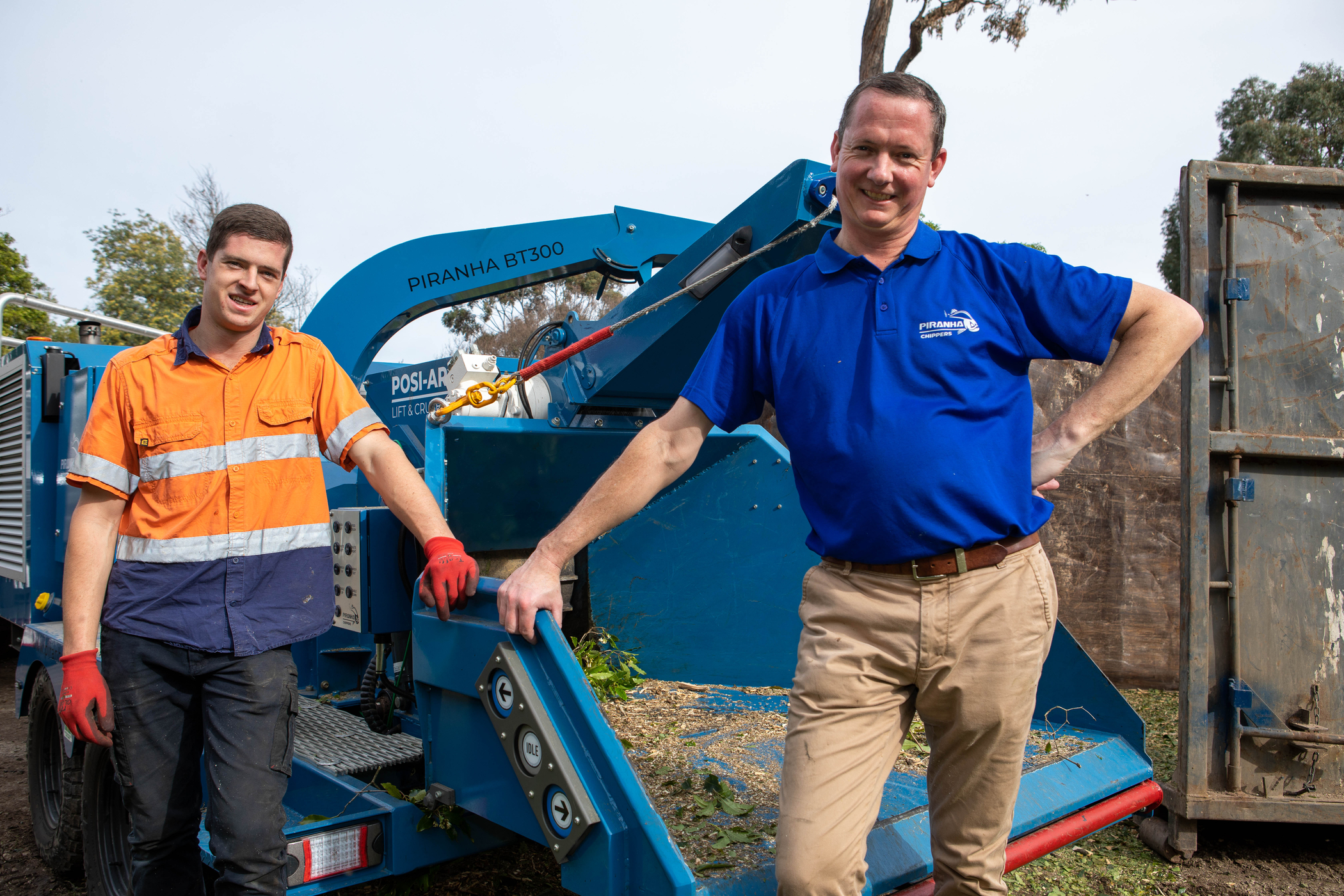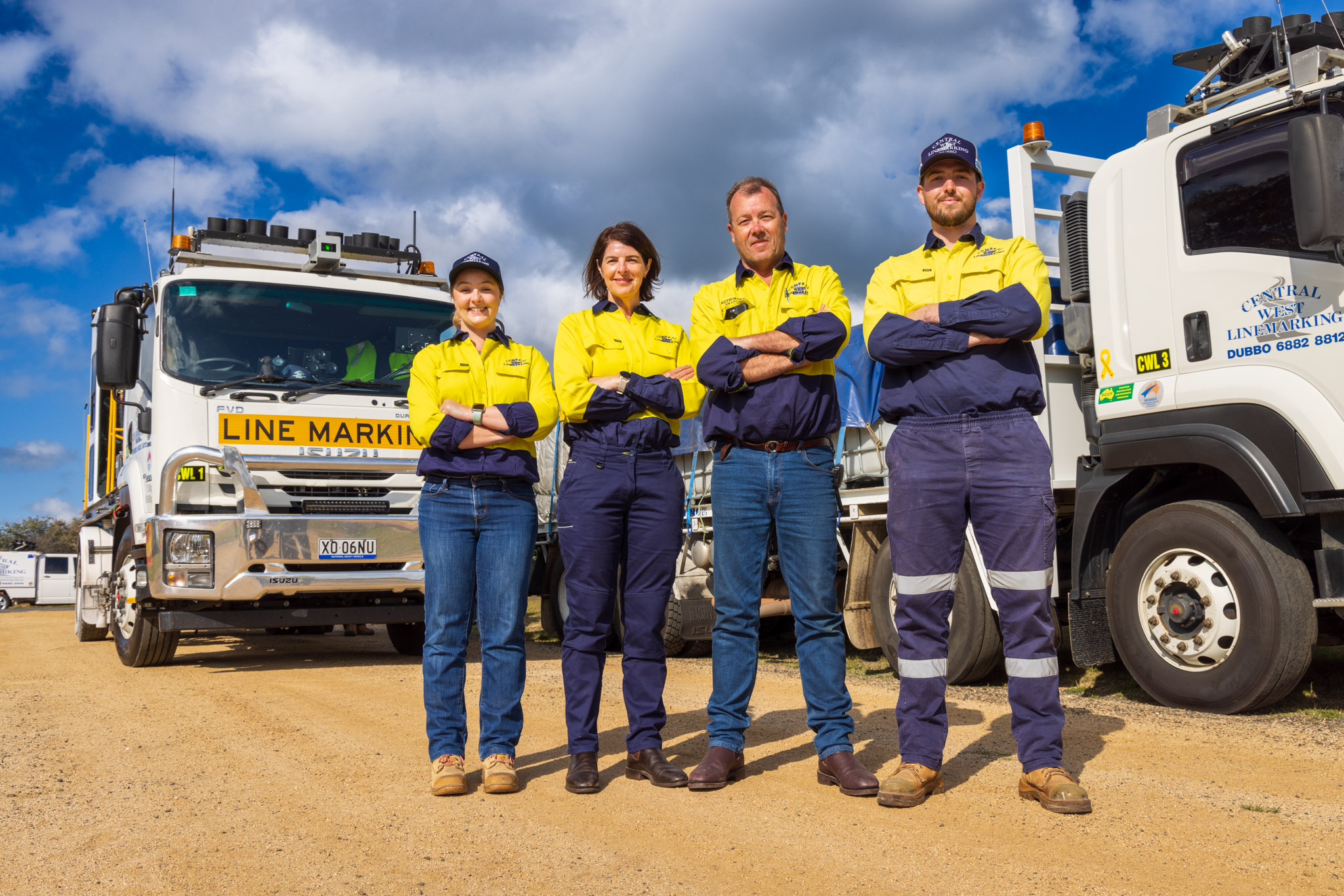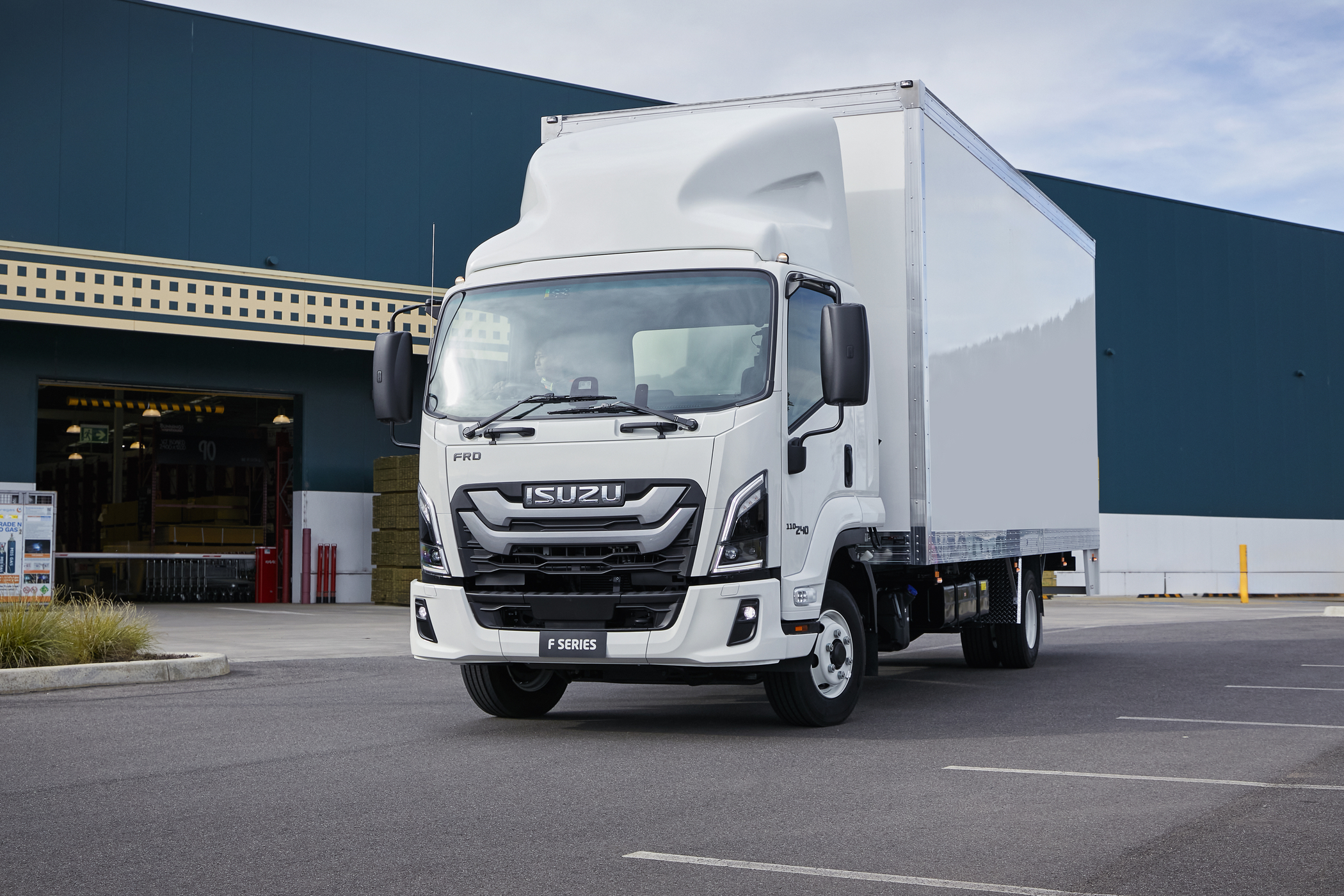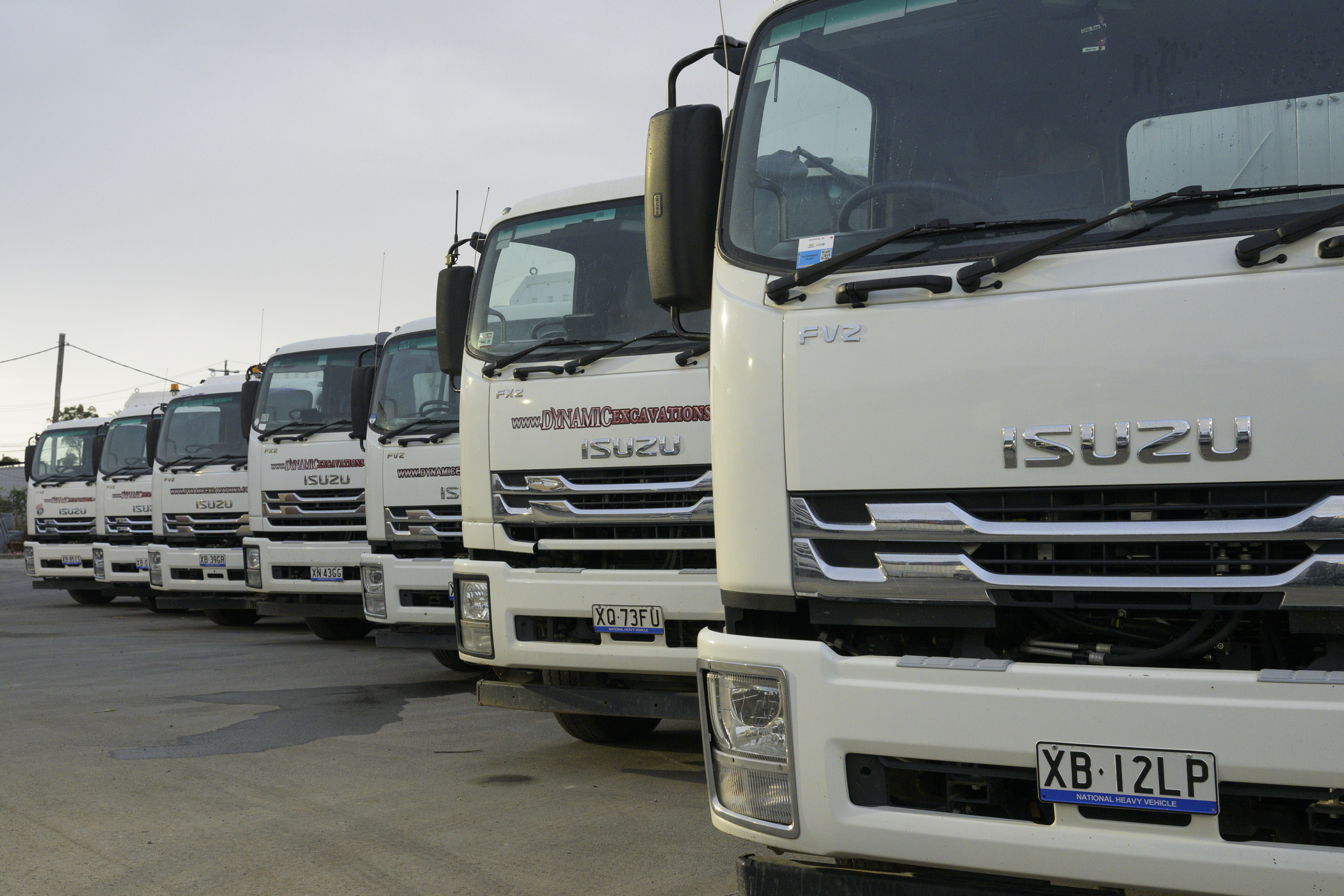Roadside Breakdown—What To Do And How To Avoid It

To be stranded on a concrete island like a modern-day Robinson Crusoe—or worse, stuck in a lane on a busy freeway, with other vehicles flying past—is the type of scenario that makes a driver break out into a cold sweat.
Prevention is always better than cure, of course, but much as we’d like to avoid these scenarios, they do occasionally happen. So what can you do if you find yourself in that situation? Unexpected breakdown So your vehicle encounters a mechanical failure, or perhaps a tyre blowout has ground your truck to a sudden standstill—what next? Firstly, if you’re able to, drive the truck to a safer position on the side of the road (the road shoulder is a good spot), as far towards the left as possible. The objective is to move away from lane traffic, and stay clear of any bends or intersections where your truck may obstruct traffic or where view of your truck is obscured. If you’re not able to move your vehicle to a safe location and you’re stuck in a dangerous spot such as a tight bend, call emergency services immediately for help and traffic control. Tip #1: If you’ve managed to move your truck off-road (even if partially), make sure that the surface can bear the weight of the truck. This is particularly important if a jack will need to be used. Next, once you’ve pulled to a safe stop, turn on your hazard lights to warn other drivers of your predicament. If the situation allows, safely exit the vehicle (exiting on the left side is preferable, especially if you’re parked on the left), wearing a reflective, high-vis vest. Place portable warning triangles behind the truck. You’ll want to stagger the triangles at even distances, creating a wedge that gets wider as it gets closer to the truck. You may also wish to attach electronic flares to the truck to increase visibility. When placing warning triangles, note that there are slightly different legal requirements in the different states:- Victoria
- Australian Capital Territory
- New South Wales
- Queensland
- Northern Territory
- Western Australia
- South Australia
- Tasmania
- Reflective safety triangles (a minimum of three is the legal requirement across the nation)
- Portable emergency lights
- High-vis reflective vest
- Dangerous goods signage, if applicable
- Wheel chocks
- Charged mobile phone (or a battery pack for your phone)
- Emergency numbers you may need (roadside assistance, towing services, emergency services etc).

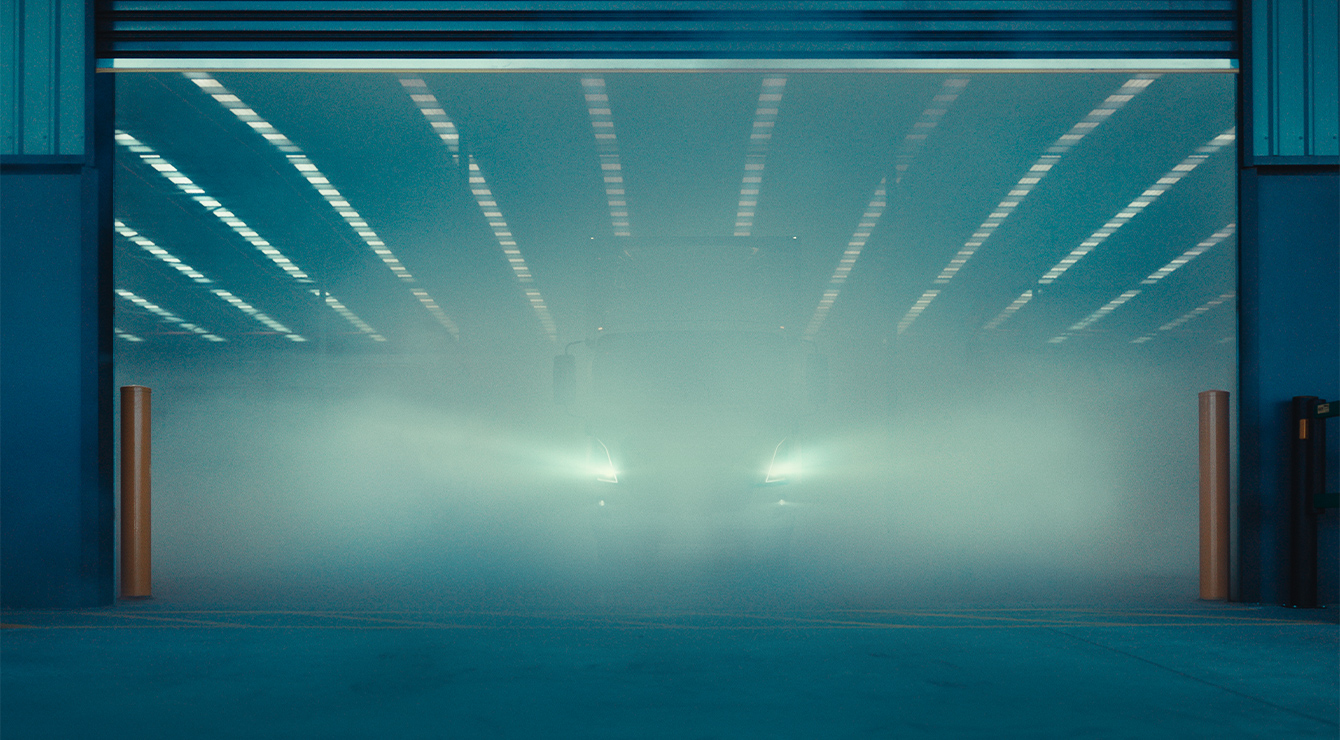
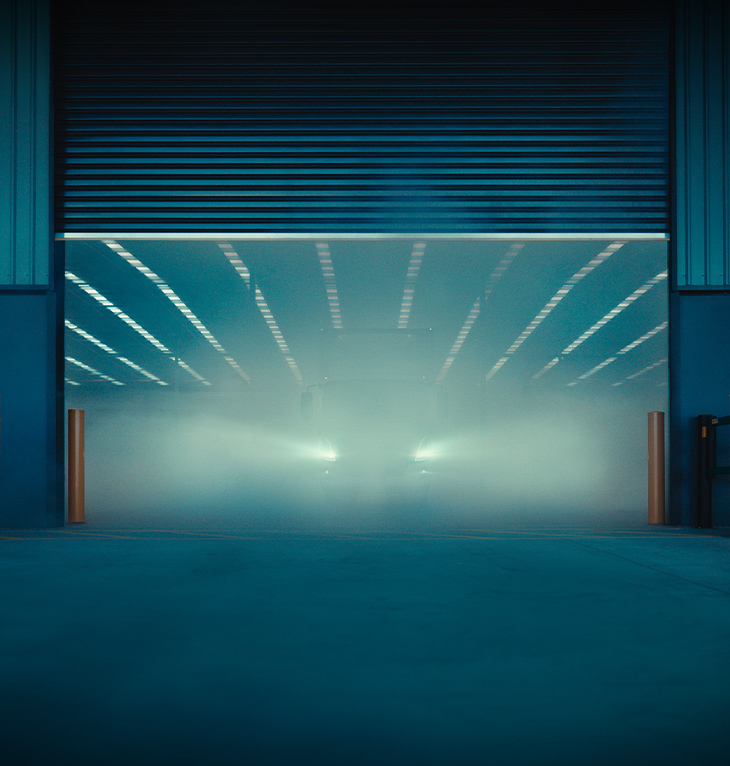
The all-new Isuzu truck range is about to arrive.
Register your interest and we'll keep you in the loop with the latest updates.
Learn More
